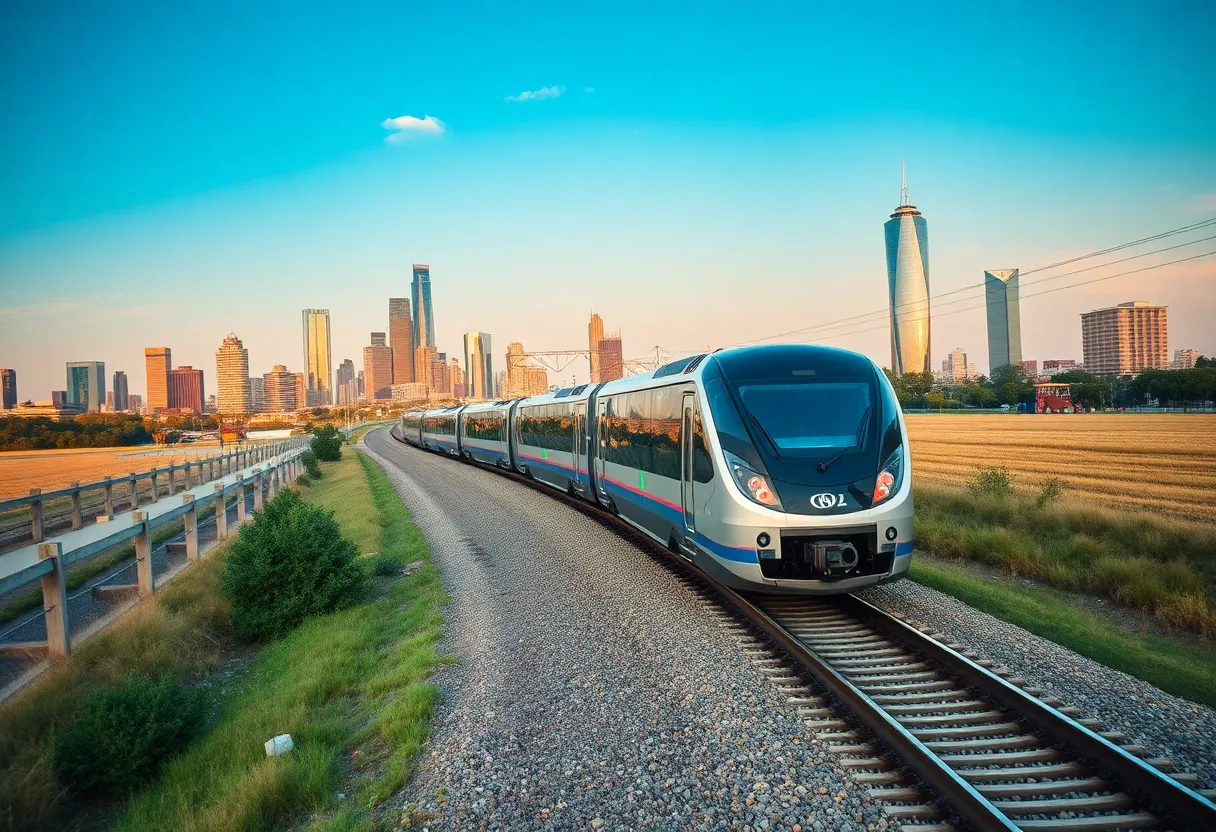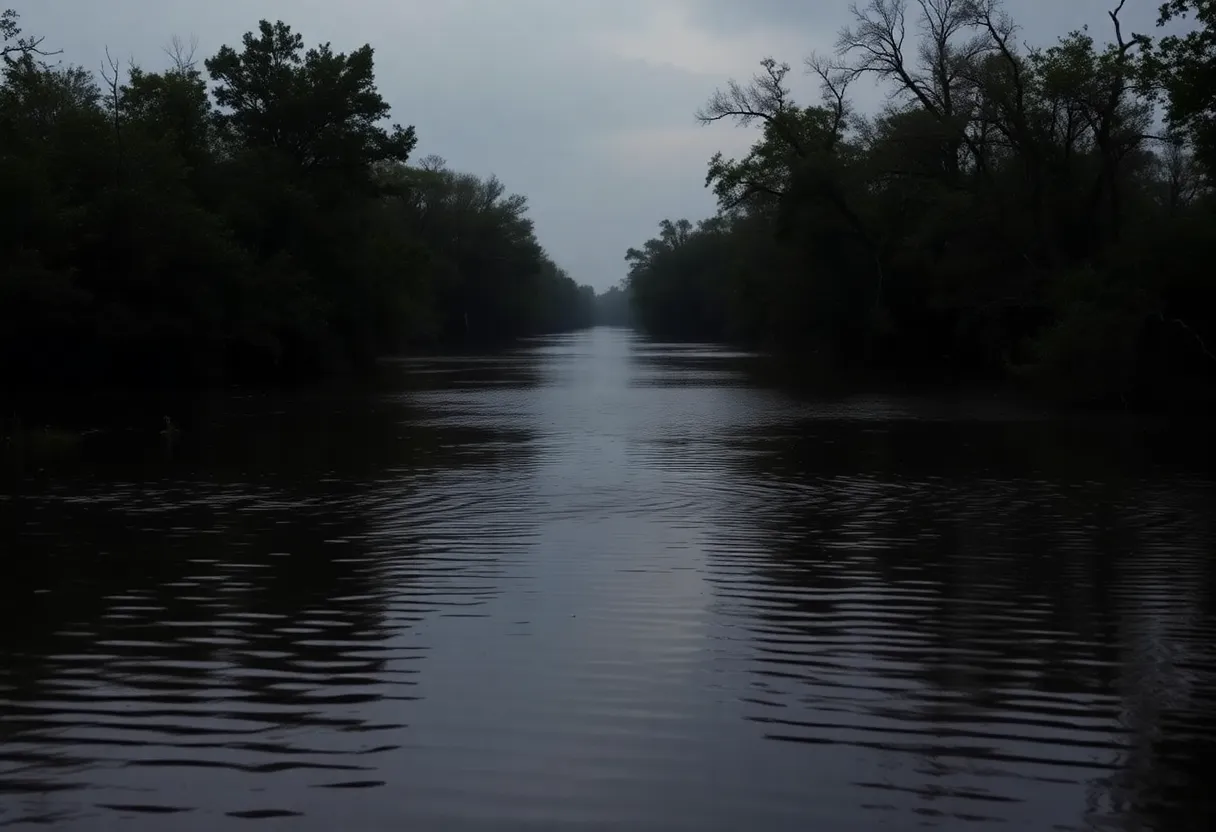News Summary
Renfe has officially pulled out of the Dallas to Houston high-speed rail project due to overwhelming financial losses amounting to over 4.5 million euros. The project aimed to reduce travel time between the cities significantly but has been marred by financial challenges, regulatory delays, and the loss of federal funding. Texas Central Railway, which has faced substantial debts, continues to seek funding and restructuring options while the future of high-speed rail in Texas remains uncertain.
Dallas, Texas – Spanish rail operator Renfe has officially withdrawn from the Dallas to Houston high-speed rail project, citing an overwhelming financial burden. This decision, reported by a Spanish business publication, highlights the growing challenges facing high-speed rail initiatives in the United States.
Renfe’s departure is attributed to a staggering loss of over 4.5 million euros (more than $5 million) related to the project. The proposed rail line was designed to span 240 miles, facilitating a swift 90-minute travel time between Dallas and Houston, a journey that typically takes nearly four hours by car. The decision follows a series of financial challenges and delays that have plagued the project since its inception.
The project’s trajectory shifted significantly in April when the Trump administration terminated a $64 million federal grant that was intended to support the Amtrak Texas High-Speed Rail Corridor project. Initially introduced by Texas Central Railway, the project has changed hands multiple times, with Amtrak taking over and now returning control to private investors.
Current Stakeholders and Financial Status
Following Renfe’s exit, Texas investor John Kleinheinz has stepped in to back the project. The financial outlook is not entirely promising, however, as Renfe’s American subsidiary had reported a complete deterioration of its investment over a five-year period. The withdrawal further stems from an existing backlog of outstanding debts owed by Texas Central to Renfe for work carried out since 2019.
The high-speed rail project has faced several hurdles, including regulatory delays, shifting political landscapes, and mounting financial pressures. Notably, Texas Central previously bought out significant Japanese investors who collectively lost approximately $270 million on the venture. Critics from within the state, including landowners and lawmakers, have expressed concerns over Texas Central’s transparency with stakeholders regarding project progress and funding.
Future Prospects and Challenges
In response to the financial difficulties, Texas Central is currently undergoing restructuring to manage its $750 million debt. Despite these challenges, they intend to finalize planning by the end of the year, with representatives claiming the project is “shovel-ready.” Kleinheinz Capital Partners maintain that their plans for the high-speed rail line remain unchanged.
However, skepticism surrounds Texas Central’s ability to complete the project. Observers are questioning whether the project can be financed solely through private investments, particularly given the lack of federal support and the inconsistent financial backing from previous investors.
In addition to the Dallas to Houston line, another high-speed rail project aims to connect Fort Worth and Dallas. This initiative is still in the early stages, with land acquisition and funding yet to be secured. The overall future of high-speed rail in Texas remains uncertain amid the confluence of financial, regulatory, and political obstacles.
The withdrawal of Renfe serves as a reminder of the complexities involved in developing high-speed rail systems in the United States and the challenges that continue to confront ambitious infrastructure projects.
Deeper Dive: News & Info About This Topic
HERE Resources
Dallas High-Speed Rail Project Faces Hurdles After Renfe Exit
Texas Senate Approves High-Speed Rail Transparency Bill
Texas Central High-Speed Rail Project Faces Funding Challenges
Additional Resources
- Spectrum Local News
- Wikipedia: High-speed rail in the United States
- Dallas News
- Google Search: Dallas Houston high-speed rail
- ABC 13
- Google Scholar: High-speed rail Texas
- KBTX
- Encyclopedia Britannica: Transportation in Texas
- Houston Chronicle
- Google News: Texas high-speed rail project

Author: STAFF HERE HOUSTON TX WRITER
The HOUSTON STAFF WRITER represents the experienced team at HEREHouston.com, your go-to source for actionable local news and information in Houston, Harris County, and beyond. Specializing in "news you can use," we cover essential topics like product reviews for personal and business needs, local business directories, politics, real estate trends, neighborhood insights, and state news affecting the area—with deep expertise drawn from years of dedicated reporting and strong community input, including local press releases and business updates. We deliver top reporting on high-value events such as Houston Livestock Show and Rodeo, Art Car Parade, and Chevron Houston Marathon. Our coverage extends to key organizations like the Greater Houston Partnership and Houston Area Urban League, plus leading businesses in energy and healthcare that power the local economy such as ExxonMobil, Schlumberger, and Houston Methodist. As part of the broader HERE network, including HEREAustinTX.com, HERECollegeStation.com, HEREDallas.com, and HERESanAntonio.com, we provide comprehensive, credible insights into Texas's dynamic landscape.





